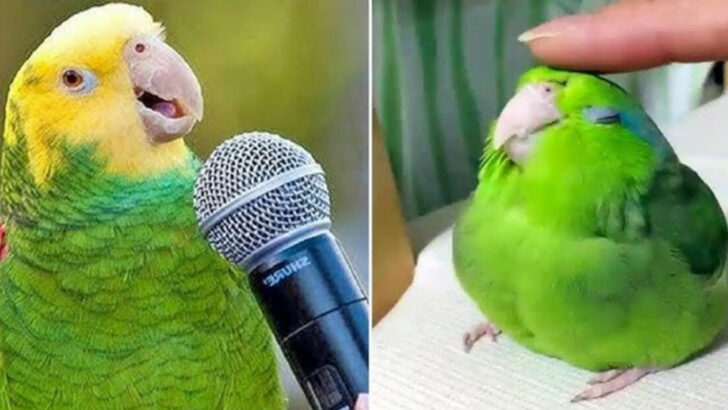Imagine your pet parrot greeting you with a cheerful “Hello!” or repeating your favorite phrase. Sounds like a dream, right? With a bit of patience, consistency, and plenty of love, you can turn that dream into reality.
Parrots are incredibly intelligent creatures, and with the right approach, they can become impressive talkers. But it’s not as simple as just saying words to them—you’ll need the right tricks and techniques to get your feathered friend to speak up.
Ready to unlock the secret to a chatty parrot? In this post, we’ll share 13 fun and easy tips that will have your parrot talking in no time. Whether you’re a beginner or looking to improve your parrot’s skills, these tips will ensure that both of you enjoy the learning process every step of the way!
Start with Simple Words
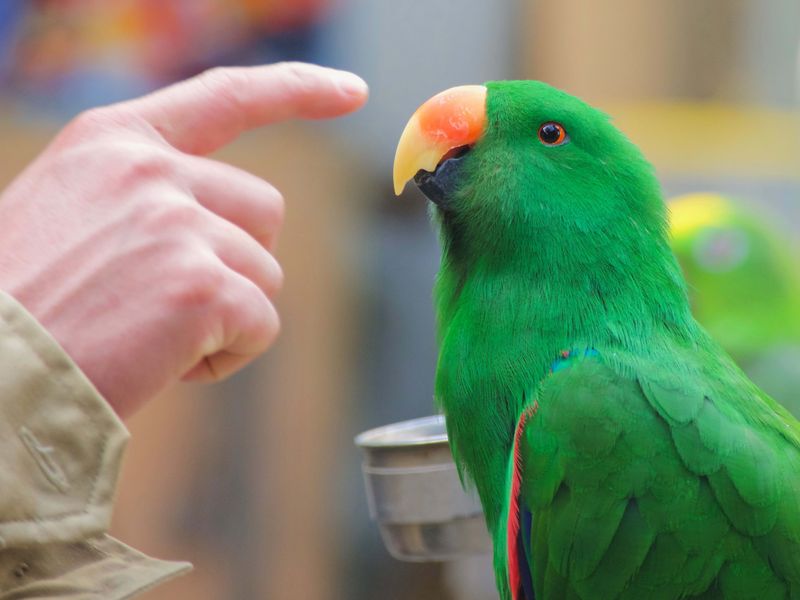
Begin by introducing your parrot to simple words, such as ‘hello’ or ‘bye-bye.’ These words are easy to mimic and are often associated with daily interactions.
Speak slowly and clearly to allow your parrot to catch the nuances of the words. Repetition is key when teaching any language, so make sure to repeat the words multiple times throughout the day.
Keep the learning sessions short to maintain your parrot’s attention. Incorporating these words into your daily routine can help your parrot learn them in context, making it easier for them to remember and use them appropriately.
Use Positive Reinforcement
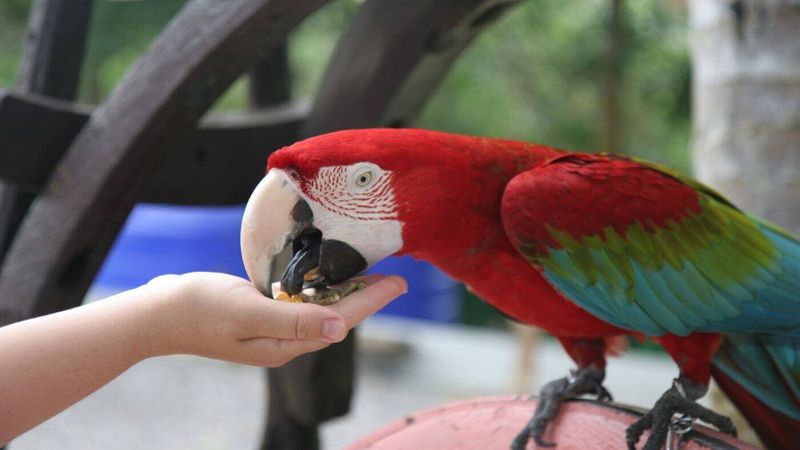
Positive reinforcement is a powerful tool in teaching your parrot to talk. Whenever your parrot successfully mimics a word, reward it with a treat or affectionate head scratch.
This encourages them to repeat the behavior in the future. Try to associate the word with a specific action or object. For instance, say ‘hello’ every time you enter the room.
Your parrot will start to understand the connection and respond accordingly. Consistency in rewards will motivate your parrot to continue learning and trying new words.
Mimic Natural Sounds
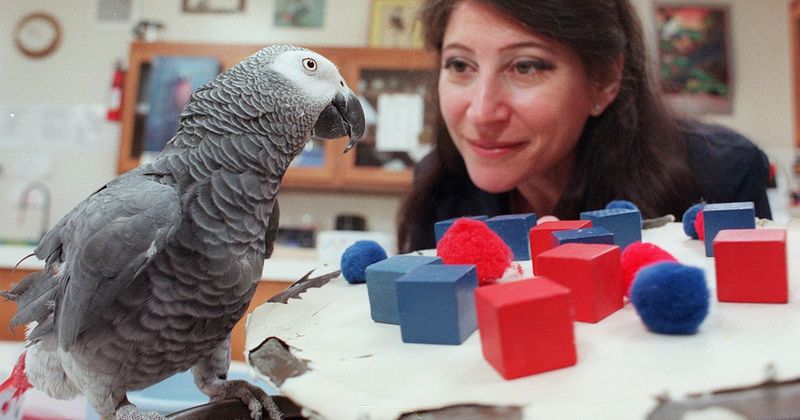
Parrots are adept at mimicking natural sounds, so this can be a great way to start. Play sounds like whistles or laughter, and encourage your parrot to imitate these.
Mimicking environmental sounds that are often heard in your home helps your parrot feel part of the environment. At first, your parrot might produce variations of the sounds, but with time, they’ll refine their mimicry.
Integrating this practice with your daily routine can make the learning process enjoyable and seamless for both you and your parrot.
Consistency is Key
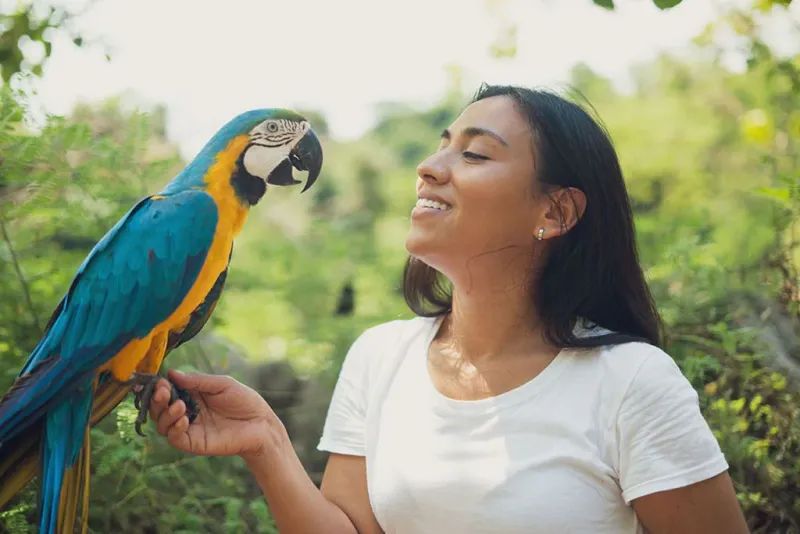
Consistency plays a crucial role in teaching your parrot to talk. Stick to the same words and phrases daily to avoid confusing your parrot. Regularly schedule short training sessions, as frequent interaction helps reinforce learning.
Choose a quiet environment for these sessions to minimize distractions. Use consistent tones and gestures when teaching new words to help your parrot associate the sound with its meaning.
Over time, your parrot will become more comfortable with the words, leading to better mimicry and understanding.
Engage with Songs

Singing songs to your parrot can be an enjoyable way to teach them words and phrases. Parrots respond well to music and rhythmic sounds. Choose simple, repetitive songs with clear lyrics to start.
Your parrot might pick up on the melody first, followed by the words. Singing creates a lively learning environment, making it easier for your parrot to remember the words.
Engage with your parrot by clapping or dancing, and encourage them to join in. This interactive approach enhances the learning experience and fosters a joyful bond.
Talk Face-to-Face
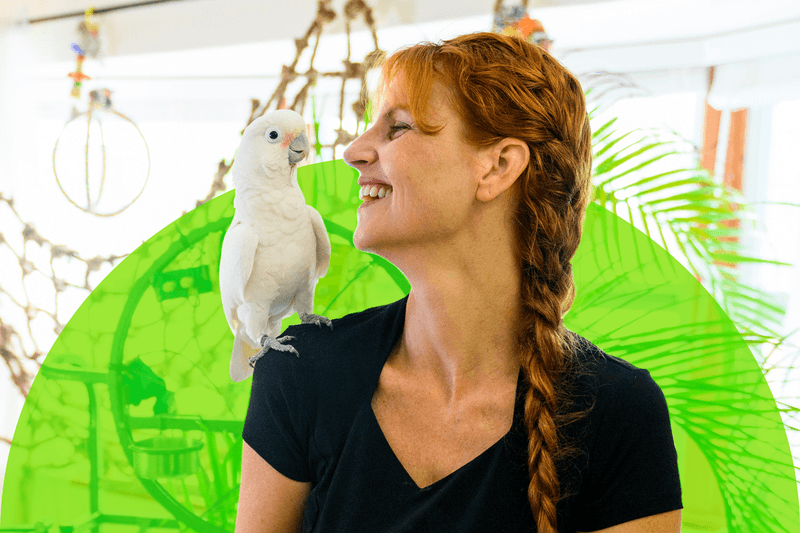
Face-to-face interaction is a vital component of teaching your parrot to talk. Parrots are social animals that thrive on direct communication. When teaching new words, maintain eye contact and speak clearly.
Your parrot will observe your facial expressions and lip movements, aiding their learning process. Being physically close can also make your parrot feel more secure and attentive.
Regular face-to-face conversations help build trust and enhance the bond between you, making it easier for your parrot to learn and repeat words.
Incorporate Visual Cues
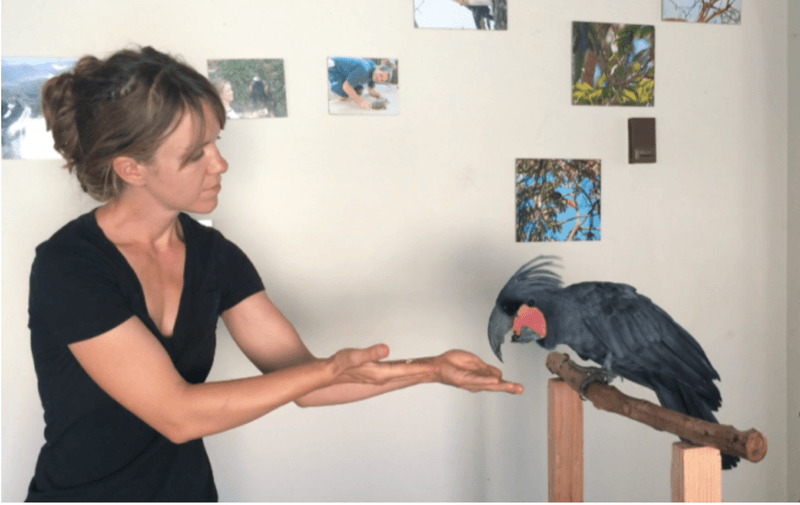
Visual cues are an effective aid in teaching your parrot to talk. Use gestures or flashcards to accompany words, helping your parrot associate sounds with actions or objects. This multisensory approach enriches their learning experience and makes it more engaging.
For example, wave while saying ‘bye-bye’ or show a picture of a favorite fruit while saying its name. Over time, your parrot will connect the visual cues with the words, reinforcing their understanding and usage.
Encourage Social Interaction
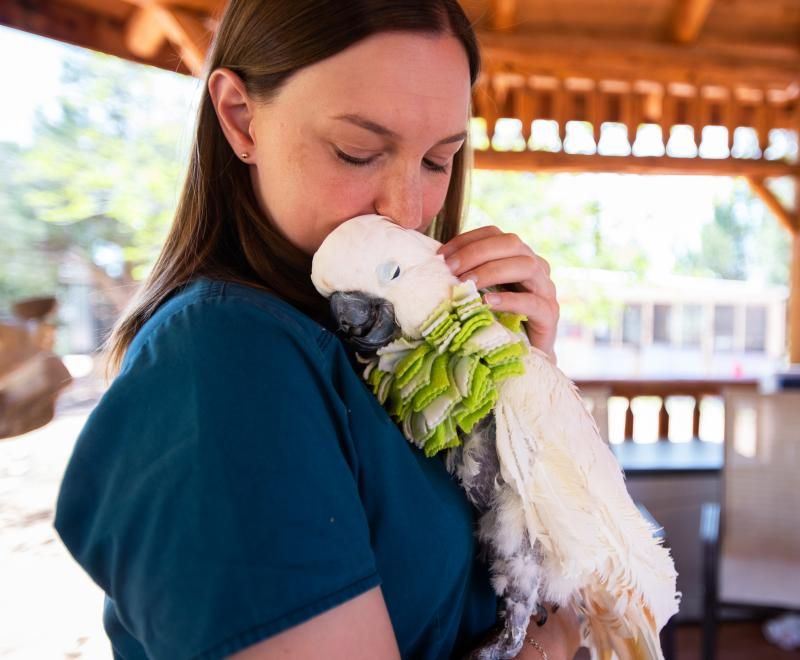
Social interaction is a great motivator for parrots learning to talk. Encourage your parrot to interact with different people, exposing them to various voices and vocabularies.
This variety enhances their ability to mimic different sounds and words. Host gatherings where friends can interact with your parrot, introducing new words or phrases.
Parrots enjoy the social stimulation and are likely to respond with enthusiasm. This exposure helps them become more adaptable and confident in their speech abilities.
Be Patient and Persistent
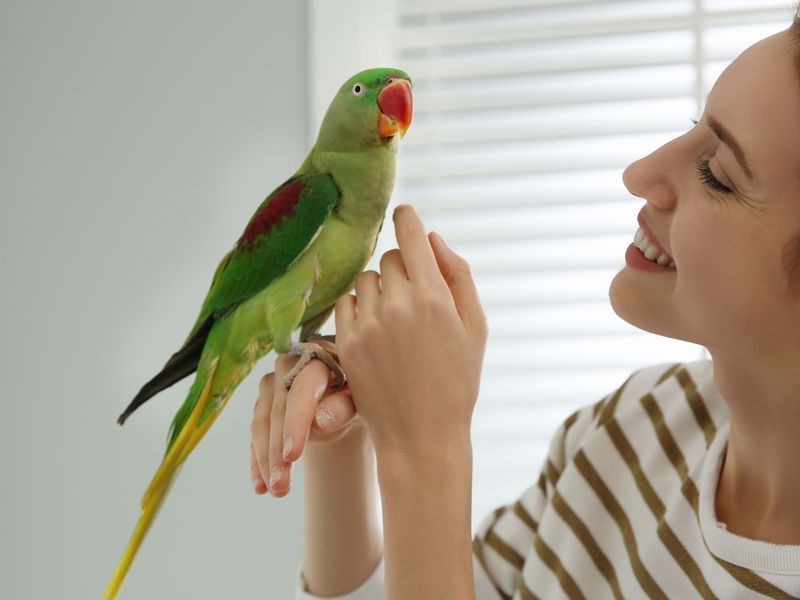
Patience and persistence are key when teaching your parrot to talk. Every parrot learns at its own pace, so it’s important to celebrate small victories. Avoid showing frustration if progress seems slow.
Instead, maintain a steady routine of practice and encouragement. Gentle persistence fosters a positive learning environment, allowing your parrot to thrive. With time and dedication, your parrot will make significant strides in their ability to mimic speech.
Use Familiar Contexts
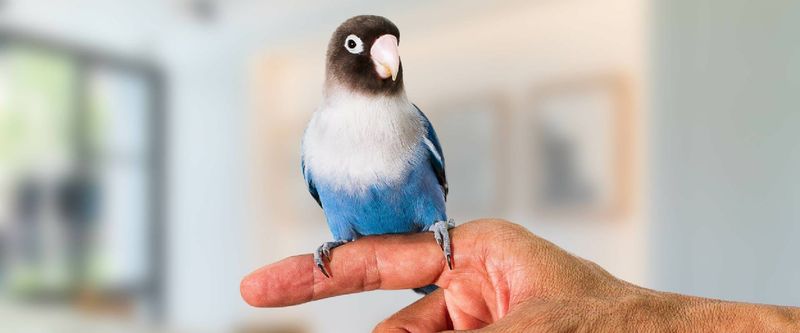
Teaching your parrot in familiar contexts can aid their learning process. Use words that are relevant to everyday activities and environments, like ‘breakfast’ during meals or ‘night-night’ before bed. This helps your parrot associate words with specific situations.
Familiar contexts provide a natural reinforcement of language learning, making it easier for your parrot to remember and use words appropriately. Incorporate these practices into daily routines for a seamless learning experience.
Record and Play Back
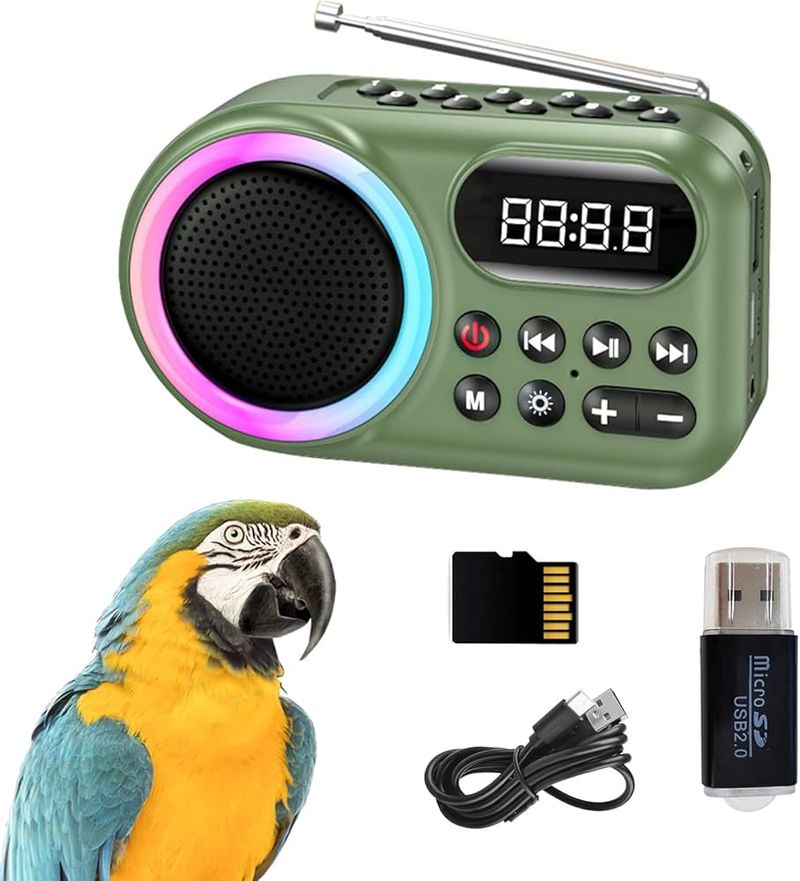
Recording your voice and playing it back to your parrot can be an effective learning tool. Parrots can learn from consistent repetition, and recordings allow for uninterrupted practice. Use a clear, friendly tone and choose words or phrases your parrot is familiar with.
Regular playback sessions can reinforce your parrot’s learning while you’re away. This method provides consistency and helps your parrot become comfortable with the sounds, ultimately enhancing their ability to mimic speech.
Celebrate Achievements
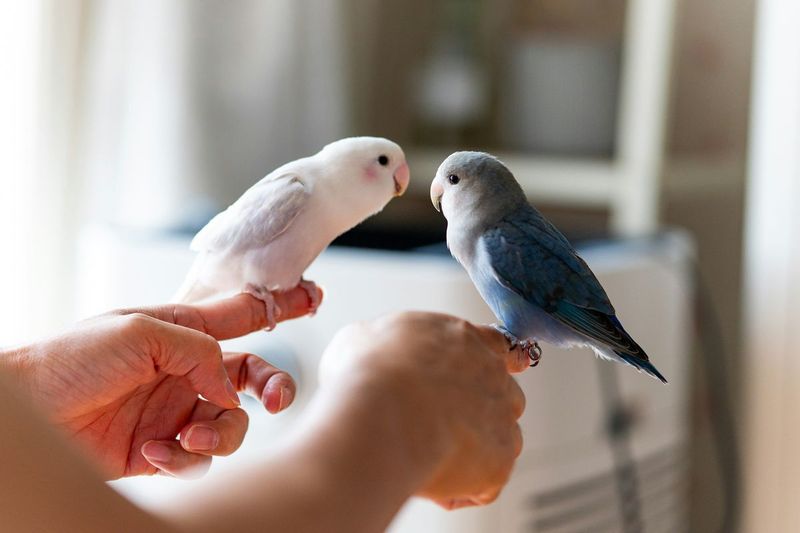
Celebrating your parrot’s achievements can boost their motivation to learn more. Whenever they successfully mimic a word, react with excitement and rewards. This positive feedback loop encourages your parrot to continue practicing and trying new words.
Create a celebratory routine that includes fun activities or special treats, reinforcing the behavior. This joyful acknowledgment strengthens the bond between you and your parrot, making the learning process more enjoyable and effective.
Provide a Quiet Environment
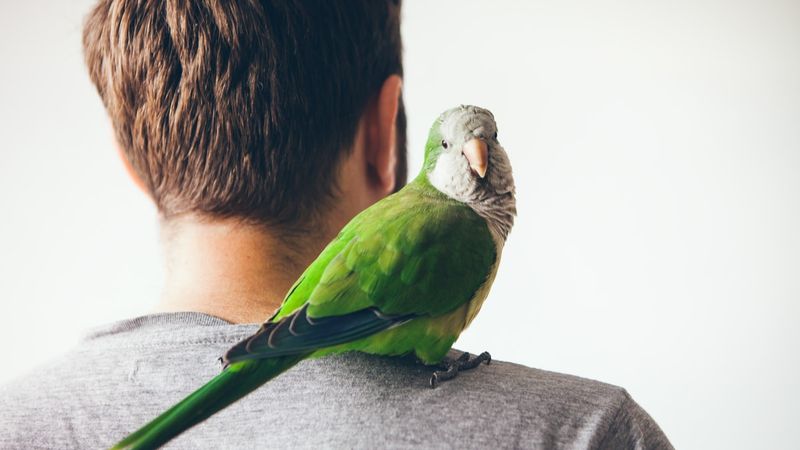
A quiet environment is crucial for effective parrot training. Minimize background noise during learning sessions to help your parrot concentrate on the words you are teaching.
Choose a calm, comfortable space where your parrot feels safe. Eliminating distractions allows your parrot to focus fully on mimicking your speech.
This focused environment enhances their ability to listen and learn, ultimately improving their speech skills. Regular practice in such settings can lead to remarkable progress in their talking abilities.

